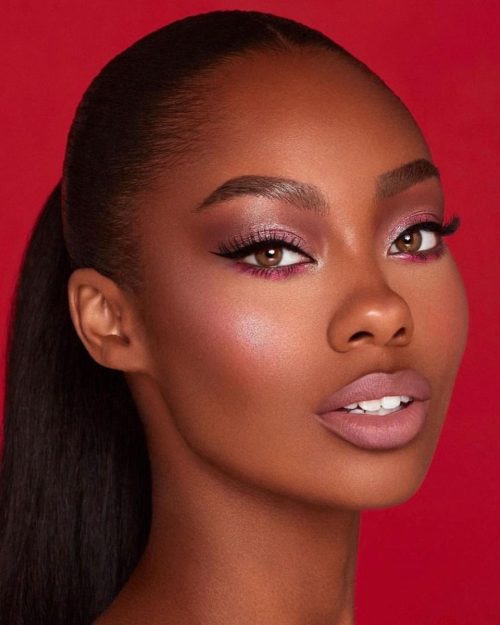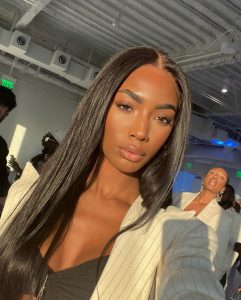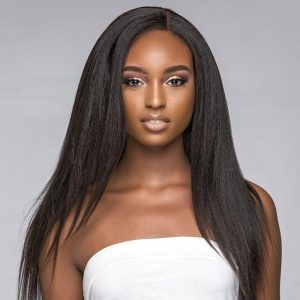Why Straight Hair Is The Best/ Worst?

The beauty industry has long celebrated straight hair as the “ideal” hair type, with many individuals striving to achieve this look through various styling techniques and products. However, this idealization of straight hair has also been criticized for perpetuating harmful beauty standards and marginalizing those with naturally curly or kinky hair. In this blog, we will explore why straight hair has been celebrated as the “best” and criticized as the “worst.”
The Best of Straight Hair

One of the primary reasons straight hair has been celebrated as the “best” is its perceived simplicity and manageability. Straight hair is often considered easy to style and maintain, requiring less time and effort than curly or kinky hair. This can appeal to individuals with busy lifestyles or limited styling skills, allowing them to achieve a polished and put-together look with little effort.
Furthermore, straight hair has historically been associated with Western beauty standards, often elevated as the global standard of beauty. This association can lead to a sense of validation for individuals with naturally straight hair, as they are seen as conforming to the societal norm. In addition, the fashion and beauty industries have long celebrated straight hair, with many popular hairstyles and products catering to those with straight hair.
Finally, straight hair can also come with a certain versatility and adaptability. Straight hair can be easily manipulated into various styles and looks, from sleek and sophisticated to edgy and avant-garde. This versatility can allow individuals to experiment with different looks and expressions of their style, adding to the appeal of sleek straight hair.
The Worst of Straight Hair

While straight hair has been celebrated as the “best” by many, it has also been criticized as the “worst” by others. One of the primary criticisms of straight hair is that it perpetuates harmful beauty standards and reinforces a Eurocentric beauty ideal. This view can be particularly harmful to individuals with naturally curly or kinky hair, who may feel pressure to conform to the societal norm and alter their hair texture through chemical treatments or heat styling.
Furthermore, celebrating straight hair can lead to self-loathing and insecurity for naturally curly or kinky individuals. The media and beauty industries often depict curly or kinky hair as “messy” or “unprofessional,” perpetuating negative stereotypes and contributing to a culture of discrimination and marginalization. This can lead to shame or self-doubt for those with curly or kinky hair, who may feel pressure to conform to the societal norm.
Finally, celebrating straight hair can also perpetuate harmful beauty standards prioritizing physical appearance over other attributes. This focus on appearance can contribute to a culture of superficiality and insecurity, where individuals feel pressure to conform to the societal norm to be accepted or valued. This can be particularly challenging for individuals with naturally curly or kinky hair, who may feel like they do not fit into the mainstream beauty ideal.
Conclusion
In conclusion, while straight hair has been celebrated as the “best” and criticized as the “worst,” it is important to recognize that no hair type is inherently superior or inferior to another. Celebrating straight hair can reinforce harmful beauty standards and contribute to a culture of discrimination and marginalization while also perpetuating a focus on appearance over other attributes. Challenging these norms and celebrating diversity in all forms, including hair texture, is important. We can create a more inclusive and accepting society by embracing our unique features and celebrating diversity.




